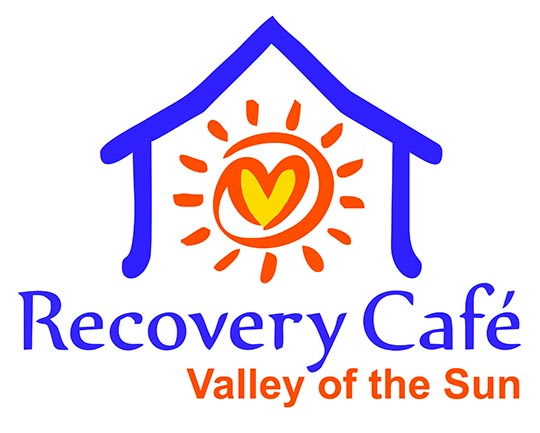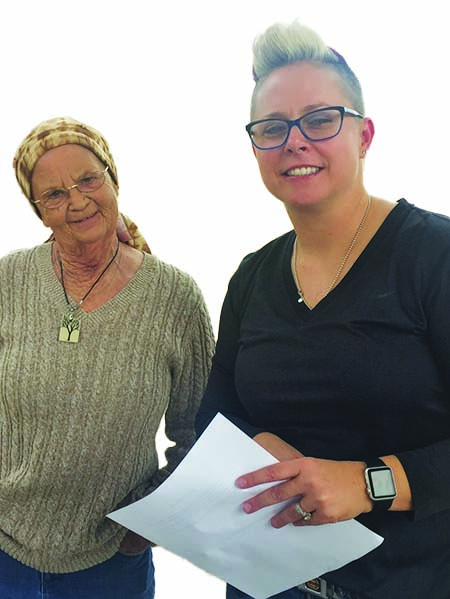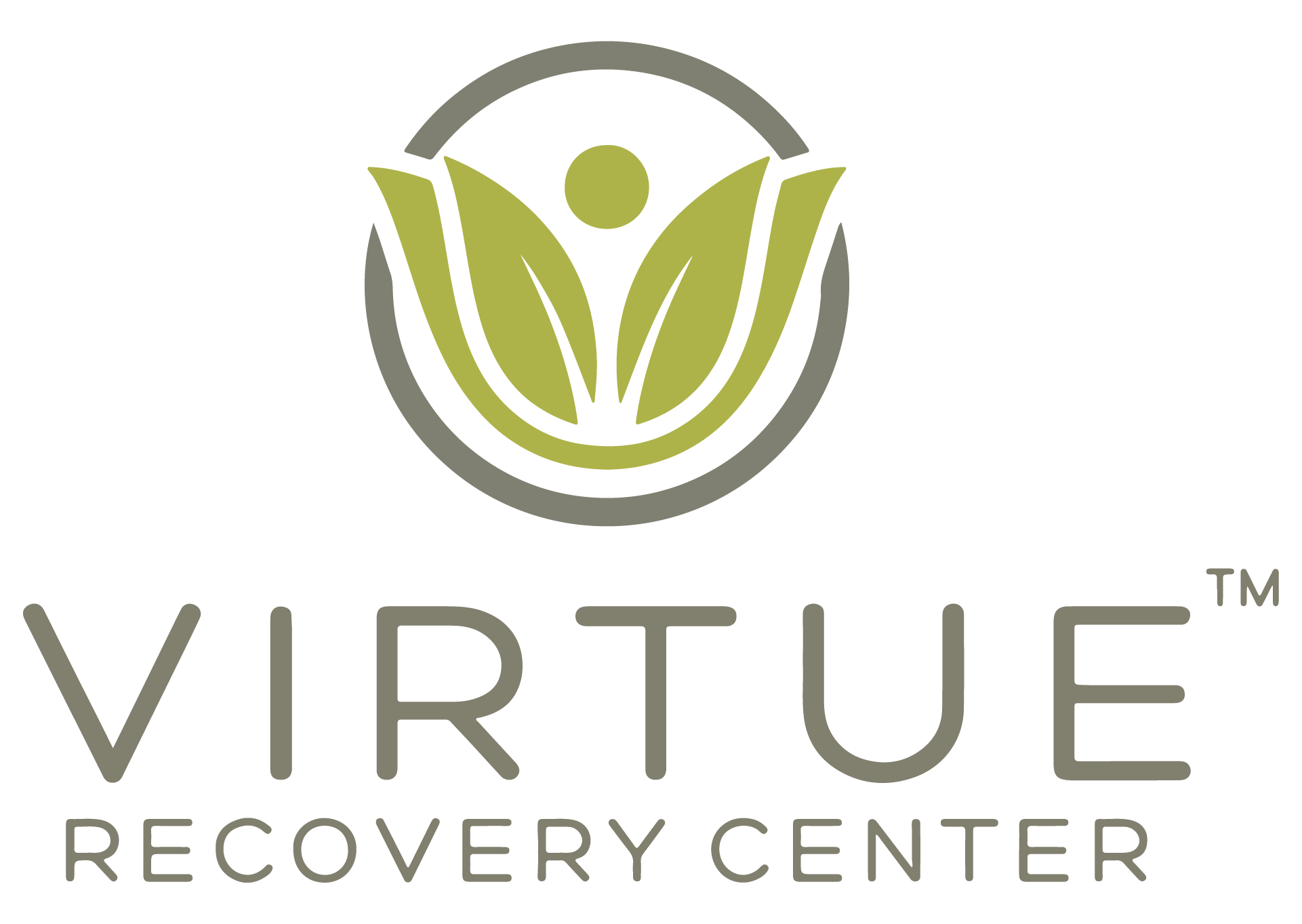PTSD is a trauma and stressor related disorder that results from experiencing, witnessing, or being confronted by an event that causes intense feelings of fear or horror and in which safety and well-being are threatened or compromised. Many military veterans suffer from PTSD due to exposure to horrific events that are often imprinted on the mind and body, making it difficult for them to function in the day to day routines of life. Others suffer PTSD from events that occurred in their childhood, such as abuse, neglect, or violence. Some people suffer from PTSD from events that occur in our environment, such as the escalation in violence in our society.
Whether trauma occurs in a war zone or in the lives of civilians, it seems to happen on a regular basis. In many respects, technological advancements have increased our exposure to the gory details of global trauma. We can view the bloodshed, suffering, and chaos on our high definition televisions.
We are so saturated by trauma that we may underestimate our physiological and emotional response to it. Our brains and bodies are being forced to adapt to life in a world where events are unpredictable and our environment is remarkably unstable.
The reverberations of trauma can not only be expected in our current generation, but in the generations to follow. Emerging new research indicates that we can inherit trauma from our ancestors. The epigenetic inheritance theory proposes that environmental stressors, such as trauma, can affect the genetics of sufferers and be passed down to future generations. This theory suggests that stressful and traumatic events can act as chemical markers which change the function but not the structure of our genes. The genetics of trauma are then passed down with these new chemical markers, allowing the stress responses of trauma to be inherited by those of future generations.
In spite of the dire news and the fear we may feel about the events happening around us, there are many who seek to heal their wounds in powerful ways. Memorials are often held in the wake of shootings or violence, and marches are organized to allow for expressions of unity or peace. Many people who suffer profound traumatic losses create foundations to memorialize a loved one or to create community awareness. Some people may stay close to home, avoid going out, turn off the television, pray, and hope for peace. While none of these actions can guarantee healing or prevent further trauma, they do allow the sufferers to have a voice, to heal, and to search for meaning in what they survived.
The Power of Resilience
There are so many examples of people who are suffering unspeakable heartbreak and sadness. In spite of all that is shattered, there are certain people who exemplify resilience in the face of what is broken. These are the people who stand up in the midst of their pain and refuse to be hardened by it. In the throes of the chaos and darkness, they still believe in the tiny ray of light that emanates from within themselves and others. They search for understanding when confusion abounds and they look for ways to heal themselves and those around them. They are living proof of an unwavering resilience and the capacity to heal a broken heart.
Just as the study of epigenetic inheritance points to inherited trauma, it also points to the potential for inherited resilience. We are born with traits that give us buoyancy and a bounce-back-ability that stem from our parent’s fierce and unyielding determination to move on. So, while we may inherit their trauma, we may also inherit the strength that enabled them to survive it. In addition, resilience can be cultivated by practice and determination. Those who truly seek to recover from the crushing blow of trauma can employ resiliency as both a foundation and a goal.
Resilience is defined as the power or ability to return to the original form, position, etc., after being bent, compressed, or stretched; elasticity. The concept of resilience is a popular topic in our modern culture. Resilience theories suggest that the idea be applied to the following groups of people: 1) those that have experienced traumatic events but have recovered from them 2) those who are in high-risk groups but have had a more positive outcome that expected 3) those who adapt well to significant stressors in their environment.
By definition, resilience is not just the capacity for positive thought and action, it is also the ability to return to who we were before; our original selves. Sadly, traumatic events often quell our ability to function in the same way. Following a trauma, we are often self-protective. We may feel intense sadness and fear. We may be more guarded and suspicious of others. We may struggle with negative beliefs about ourselves and the world around us. We may grapple with the neurological implications of PTSD, such as flashbacks and panic attacks. These factors may cause significant impairment in our life and leave us wondering how we can return to the trusting and carefree person that once walked in our shoes. It stands to reason why so many people who suffer a trauma feel lost.
Trauma does changes us
Recovering from trauma and embracing resilience requires an understanding that we may never completely return to who we were before the trauma occurred. Trauma does changes us—sometimes forever. In fact, research suggests that trauma causes identifiable changes to the function and structure of certain parts of the brain, setting the stage for other co-occurring disorders such as addiction, depression, and compulsive behaviors. Many people believe that they need to “get over” their trauma without fully recognizing the impact that traumatic events have had upon them. Others may become fully emerged in a trauma identity, living a life of hopelessness and powerlessness while engaging in rampant self-destruction. Considering these implications of trauma, the idea of resilience and recovery may require a new way of thinking.
Perhaps we should consider that resilience is returning to a new self, endowed with a powerful capacity to survive, and thrive. Recovery may begin with the acknowledgement that we are strong, wise, and powerful because of and in spite of what happened to us. In spite of and because of our pain and anguish, we survived difficulties that were likely to destroy us. In spite of and because of what happened to us, we refused to stay down when we fell. Instead, we chose to stand back up, again and again. We did this because we have an innate determination to survive; we did this because we are resilient.
Trauma survivors often struggle to see themselves as resilient. Instead, they may only see themselves as marred by the painful events in their lives. It may be difficult for them to recognize the beauty in their survival or the sheer force of determination that allowed them to live. Many trauma survivors have experienced a lifetime of suffering, seeming to move through one traumatic event only to be faced with another. When trauma becomes a way of life, it is difficult to extract the evidence of their resilience from the rubble around them.
Recognizing personal resilience starts with understanding survival. How did you survive? What were you able to accomplish in spite of what you went through in your life? What are you most proud of in your life? How were you able to accomplish those things? The answers to those questions point toward resilience. Resilience is not always evidenced by great strength and ability on display for all to see. Rather, it is seen in the quiet ways that we embrace a life of recovery. Resilience is embodied in our capacity for compassion or our determination to live a life of integrity. Resilience can also be seen in our willingness to forgive others and ourselves. Resilience is often that quiet voice that whispers in the darkest of night “I won’t give up”.
Resilient people are those who aren’t defined by their suffering but by their ability to shine brightly, in spite of their suffering. Trauma recovery must begin with an intention to harness and cultivate resilience in all of its forms. While we are required to examine our wounds, we are also invited to appreciate the strength of our character and the depth of our hearts, in spite of and because of those wounds. Conversely, we cannot appreciate our resilience until we understand the extent of our suffering. True recovery allows us to hurt and to heal; to fall and to stand once again.
We are powerless over the trauma that is swirling around us today. We can neither predict nor prevent the next tragedy that might bestow us. We may acquire more wounds in our life as we walk through tumultuous times. These are difficult and frightening things to consider. But, in spite of the air of uncertainty and unpredictability in our lives, our country, and the world around us, we can live lives of resilience and strength. We can recognize and embrace the indefatigable spirit that lives within us and refuse to give in to hate, violence, or fear. While trauma becomes a part of the landscape of our culture and our lives, we can hold on the anchor of our resilience.

Kathleen Parrish is a Licensed Professional Counselor in Arizona and the Clinical Director of Cottonwood Tucson, an internationally renowned, residential treatment program for co-occurring disorders in Tucson, Arizona. She earned a Master of Arts degree in Marriage and Family Therapy and a Master of Arts Degree in Religious Education from Southwestern Baptist Theological Seminary in 1999. Kathleen has worked in private practice, outpatient treatment, and residential treatment settings. Kathleen has worked with trauma survivors for over 20 years, focusing on story, mindfulness, and self-compassion. She has written articles for Counselor, Addiction Professional, Addiction Today and Together AZ magazines. She has presented seminars on trauma and eating disorder in the U.S. and Europe. For information on Cottonwood and their treatment programs visit www.cottonwooddetucson.com or call 844.802.9535.































